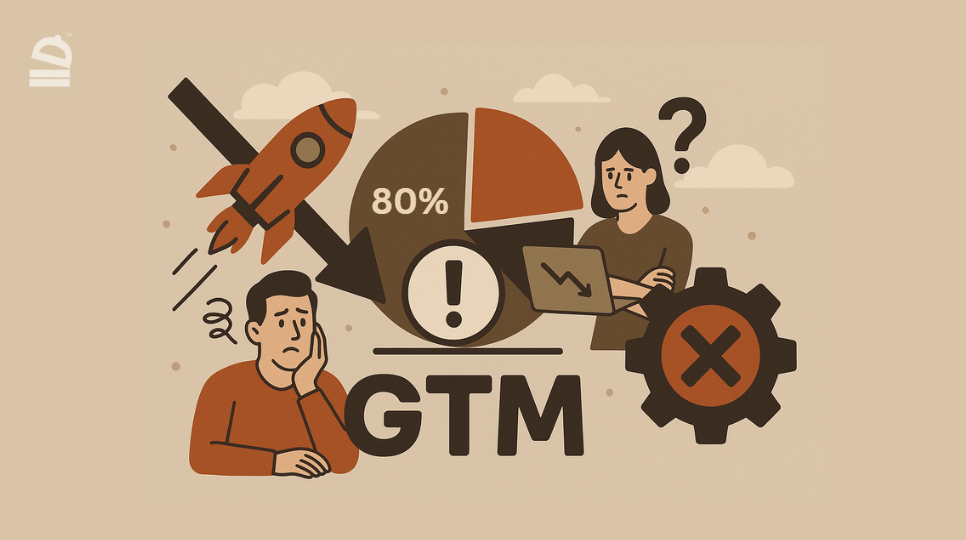Welcome to Data Under Glass, your weekly strategic intelligence extracted from real battlefield deployments—packaged for leaders who need to win, not just understand.
Over the past 6 weeks, I’ve been mapping Community Decision Trees for founders entering new markets. The pattern is unmistakable: 80% of GTM failures trace back to targeting the wrong decision level.
Most companies optimize for Level 1 (individual interest) while the actual conversion gate sits at Level 4 (authorized decision)—guarded by gatekeepers they never identified.
Today, you’re getting the Decision Tree Diagnostic—how to pinpoint your conversion block, identify the hidden gatekeepers, and realign your strategy with how purchasing actually works.
— Anderson Oz’.
From The Operator's Desk
Client: Fintech (Series A, $18M) launching SME lending in Kenya
Result: Conversions stuck at 2%
Diagnosis:
Level 1 (Individual Interest): 68% qualified
Level 2 (Network Consultation): 47% sought validation
Level 3 (Consensus Building): Only 12% reached family discussion
Level 4 (Authorized Decision): 2% converted
Bottleneck was Level 3. Target customers were solo entrepreneurs, but borrowing required spousal approval and extended family consensus (cultural norm around debt). Products positioned as "fast approval for business owners" completely ignored household decision architecture.
Intervention:
Reframed to “Family-approved business growth”, added transparent terms families could assess together, and built financial literacy content around household budgeting.
Outcome:
Conversions improved from 2% → 9% in 6 weeks. The issue wasn’t marketing execution but a strategic misalignment with the decision architecture.
The Four-Level Community Decision Tree
In a previous issue, I introduced the Community Decision Tree. Today, we go operational—how to diagnose where you're stuck and navigate each level.

Most companies treat conversion as binary: interested or not. But in communal cultures, conversion traverses four validation gates. Each has different gatekeepers, decision criteria, and failure modes.

